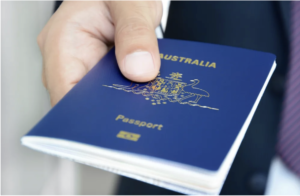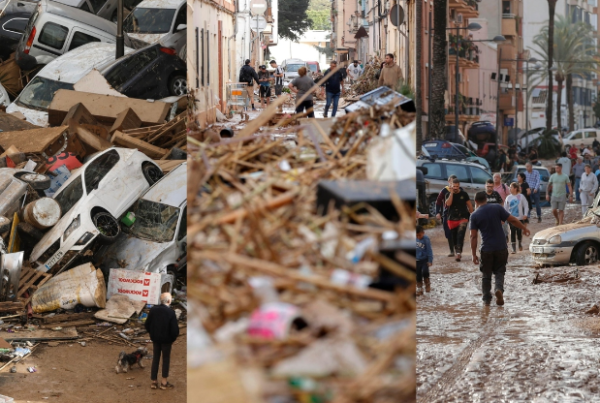
Credits: RNZ.co
What do the UK, the US and Australia have in common? They are all ranked the highest choice for English-speaking international students. Australia offers high-quality education, stunning landscapes, and a more affordable cost of living than its top three counterparts. It really is no wonder that students were rushing back for a chance to study after the borders reopened in December 2021. By the end of 2022, the number of overseas students had already risen to 120,000. This trend grew quickly, with 655,000 student visa holders in July of 2023, contributing to the record-breaking immigration in 2023 of 510,000. And though universities might be profiting, it’s starting to put a strain on Australia’s resources as homelessness rises and the struggle to secure a lease increases. In short, immigration has reached its peak, and the government has decided to take action before the problem gets worse. So what does the solution look like? New visa requirements.
To discourage students from coming to Australia, the visa requirements have gotten stricter. These visa requirements aim to weed out “genuine” students from “non-genuine” students. A “non-genuine” student is someone who finds the loopholes in the student visa system to find jobs in Australia. These loopholes come in the form of corrupt practices by education agents, especially small private vocational schools. These so-called “schools” are usually fronts with no real teaching resources and just act as a shoo-in for students to reach the job market. The new requirements could lead up to 200 vocational colleges to close, meaning one in every five has the potential to go bankrupt.
Australia’s new visa requirements have three main components: a Genuine Student Test (GST), English proficiency and student savings. What are these new restrictions? What will they mean for students? And will this impact your ability to study in Australia? The GST means that students will require proof of English language proficiency, demonstrated ability to support themselves financially, evidence of genuine intent to study in Australia, a valid enrollment offer, and health insurance. English proficiency has always been a requirement to study, but with stricter measures, the required grade on IELTS will increase from a 5.5 to a 6.0. As for financial support, students may need to submit bank statements, tax returns, and other documents to prove that they can support themselves. They also will need to have AUD 24,505 in savings, or €14,711.
The new changes have already begun to take effect: one in five student visa applications were rejected in the first half of the fiscal year, and the number of visas given out is expected to decrease by 15 percent. To compare, for the 2018/19 fiscal year, the rejection rate for visas was at 10 percent and in the first half of the 2023/24 fiscal year the rejection rate is already up at 19 percent.
Student visas will be prioritised in three tiers. First-tier applications are high-priority, expedited for students studying engineering-, healthcare-, and technology-related subjects. Second tier applications are where most Sciences Po students will fall — degrees considered significant to Australia’s development and its education sector, but ones that do not qualify for the first tier. This includes students studying in “non-critical” fields as well as those attending reputable universities. Third-tier applications are amongst the most likely to be rejected, including those enrolled in vocational education or non-degree programs. Those getting rejected for visas are students searching for diplomas in vocational schools (e.g. a diploma in leadership) and those prioritised are students searching for degrees that will boost the Australian economy (e.g. STEM degrees).
Some universities have already started cancelling admission offers and requesting withdrawals of applications to students who have not secured a visa. Western Sydney University, Wollongong, Deakin, Central Queensland, Edith Cowan, and Kaplan Business School have been amongst those who have sent messages out to students to cancel their studies in Australia. Students will be split into three groups based on their nationality: group one will be prioritised while groups two and three will have to provide extra information to obtain their visas. Consult this link https://www.pathmigration.com/student-visa-assessment-levels/ and look under subclass 573 (Higher Education) to find out which group you belong to. Students receiving the news have largely been from groups two and three.
Through these requirements, the message the Australian government is trying to send is clear: curb immigration. And though the country is still a great place to study, as long as Australia’s resources are jeopardised, students may need to hit pause on their plans to study down under.
Other posts that may interest you:
- The Trouble with ‘Ecocide’
- Carbon dioxide removal – hit or miss?
- Local Victories for Turkish Opposition — A Sign of Hope?
- Are France and Japan a Mismatch Made in Heaven?
- A Reflection on Dark Tourism
Discover more from The Sundial Press
Subscribe to get the latest posts sent to your email.





